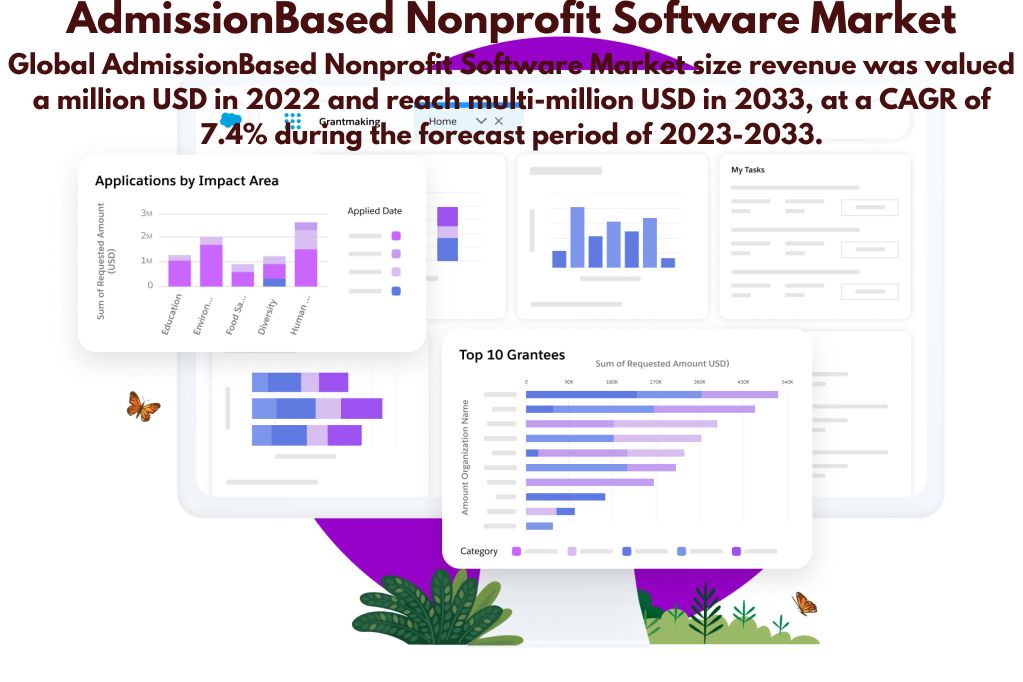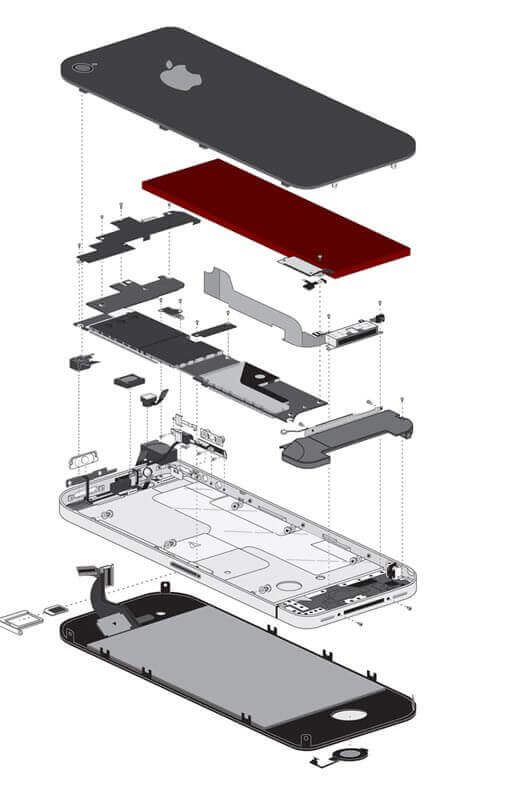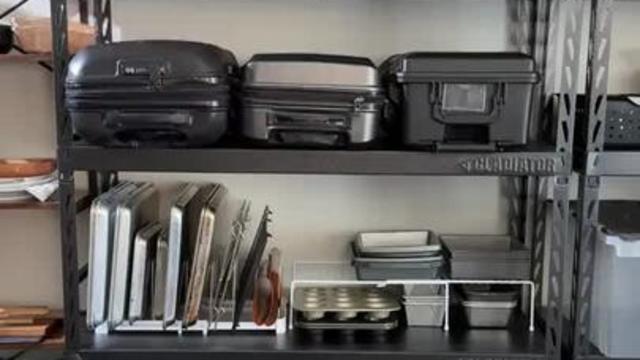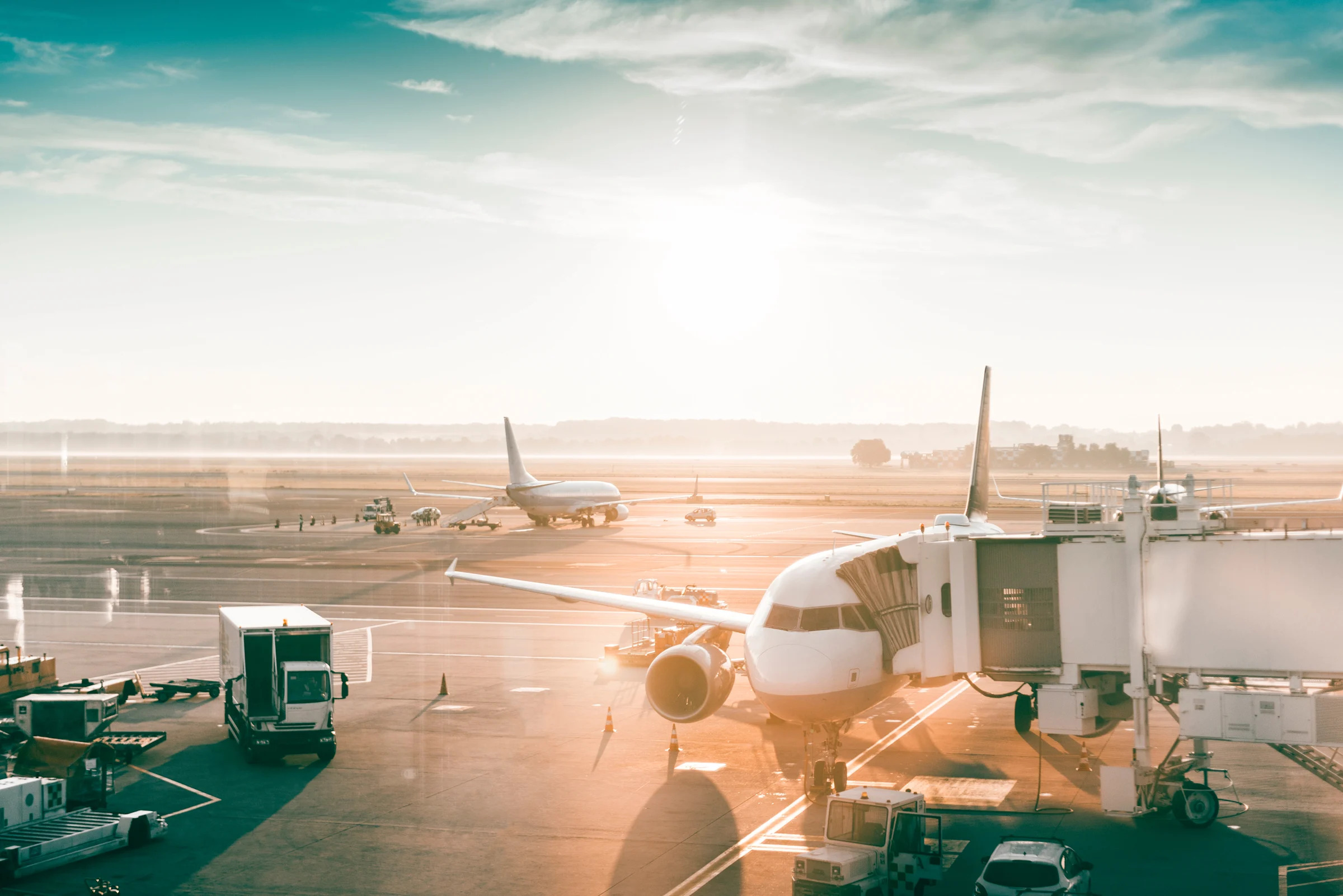A new $250 "Visa Integrity Fee" could make travel to the US a lot more expensive
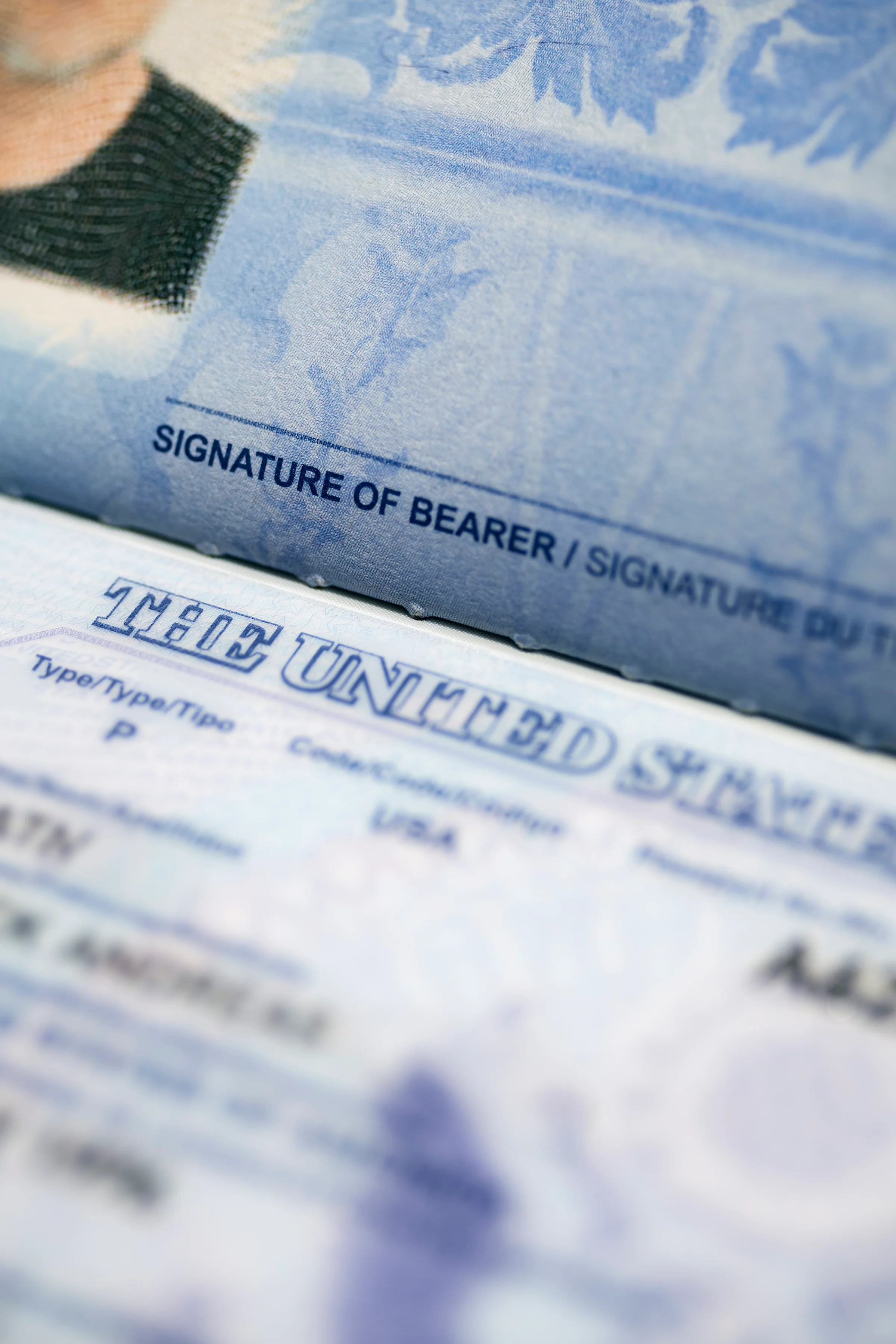
Tourism to the US has dropped significantly this year for both political and pocketbook reasons. Given the sudden drop, New York City is a ghost town this summer, and a new federal fee will make travel to the United States even more expensive.
Well, the travel industry was hit with yet another shock that could raise up the cost of travel for many international visitors to the US and it's called the Visa Integrity Fee.
What is the Visa Integrity Fee?
Many international travelers planning a visit to the United States may soon face a new financial hurdle: a $250 “Visa Integrity Fee.” Though not yet in effect, the fee was authorized under the latest federal budget law and can be implemented by the Department of Homeland Security as early as this fiscal year. Starting in Fiscal Year 2026 (October 1, 2025), the amount will be adjusted annually for inflation.
Who has to pay the Visa Integrity Fee?
The fee will apply to non-immigrant visa applicants—those visiting for tourism, business, or temporary stays—but travelers from the 40+ countries in the Visa Waiver Program will be exempt. Reimbursement is possible after the visa expires, but only for travelers who leave the U.S. within five days of their visa’s expiration and who don’t engage in unauthorized work.
AdvertisementAdvertisement#_R_4tokr8lb2mav5ubsddbH1_ iframe AdvertisementAdvertisement#_R_8tokr8lb2mav5ubsddbH1_ iframeSo far, there’s no timeline for implementation, nor details on how the fee will be collected or refunded, according to the U.S. Travel Association.
Is the Visa Integrity Fee for Candian Citizens?
Even though Canada is not on the Visa Waiver Program list, most Canadians are exempt from having to fill out the form and pay the fee.
How will the Visa Integrity Fee affect travel to the US?
Critics argue the policy may deter travelers altogether. “This fee, which will be at least $250 and comes on top of existing visa fees, adds an unnecessary financial barrier for international visitors,” said Erik Hansen, U.S. Travel’s senior vice president for government relations, according to reporting by Skift.
“Even if technically refundable, the added cost and complexity are likely to dissuade visitors—especially when visa wait times remain long and unpredictable.”
AdvertisementAdvertisement#_R_5tokr8lb2mav5ubsddbH1_ iframe AdvertisementAdvertisement#_R_9tokr8lb2mav5ubsddbH1_ iframeThe association estimates a Brazilian family of four, for example, would see their total visa costs rise to $1,876 under the new structure—an increase of more than $1,100.
The now more expensive $24 I-94 fee
And that’s not the only fee hike in store. The I-94 arrival/departure record fee—typically required for land border entries and some travelers from Visa Waiver Program countries—is set to quadruple from $6 to $24. It, too, will be indexed to inflation.
Meanwhile, the Electronic System for Travel Authorization (ESTA) fee, required for most Visa Waiver Program travelers, will jump from $21 to $40. This updated fee structure will remain in effect through at least 2034.
How will new travel fees affect tourism to the US?
While these increases are meant to generate federal revenue, critics say the timing couldn’t be worse. “With the U.S. preparing to host the World Cup and Summer Olympics, we should be rolling out the welcome mat—not rolling up the red carpet,” said Erik Hansen, the senior VP of US Travel.
Supporters point out that revenue is carefully allocated: the I-94 fee supports border infrastructure and Customs & Border Protection, while ESTA fees contribute to DHS, the Treasury, and the Travel Promotion Fund. Still, as visa costs soar, the risk of making the U.S. a less accessible destination looms large.
 Yahoo CreatorCassandra BrooklynI'm Cassandra, a freelance writer, guidebook author, and photographer who loves all things outdoors. I've written for The New York Times, National Geographic, Wall Street Journal, Lonely Planet, Travel + Leisure, and dozens more. My work tends to focus on sustainability, accessibility, and the outdoors and I have a special love for hiking, biking, and kayaking. I started as a solo traveler, now do a lot of family travel, and also multi-gen and accessible travel.FollowFollow
Yahoo CreatorCassandra BrooklynI'm Cassandra, a freelance writer, guidebook author, and photographer who loves all things outdoors. I've written for The New York Times, National Geographic, Wall Street Journal, Lonely Planet, Travel + Leisure, and dozens more. My work tends to focus on sustainability, accessibility, and the outdoors and I have a special love for hiking, biking, and kayaking. I started as a solo traveler, now do a lot of family travel, and also multi-gen and accessible travel.FollowFollow

